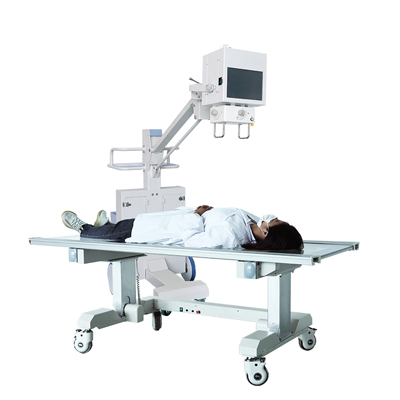X-ray grids are an essential tool in the field of radiology, commonly used in various medical imaging techniques. These grids are designed to improve the quality of X-ray images by reducing scattered radiation and increasing contrast. The application of x-ray grids can be found in a wide range of scenarios, each with its unique set of requirements and benefits.
One of the primary application scenarios of x-ray grids is in general radiography. When imaging structures in the body, such as bones or soft tissues, scattered radiation can significantly degrade the quality of the X-ray image. X-ray grids effectively minimize this scatter by absorbing the radiation that does not align with the primary beam, resulting in clearer and more detailed images. This application is particularly crucial in diagnosing fractures, identifying abnormalities, and monitoring healing processes.
Another important application of x-ray grids is in mammography. Mammograms are used to detect breast cancer and other breast abnormalities, making image quality a top priority. X-ray grids play a critical role in mammography by improving the contrast of the images, aiding in the detection of small lesions and calcifications. The use of grids in mammography helps radiologists make accurate diagnoses and provides patients with the best possible outcomes.
In pediatric radiology, x-ray grids are also widely utilized. Children have smaller and more radiation-sensitive bodies, making it essential to minimize their exposure to radiation. X-ray grids allow for high-quality images to be captured using lower radiation doses, ensuring the safety of pediatric patients while still obtaining the necessary diagnostic information. This application scenario highlights the crucial role of x-ray grids in pediatric care, where image quality and patient safety are of utmost importance.
For mobile X-ray units used in emergency and critical care settings, x-ray grids are indispensable. These units must be able to produce high-quality images quickly and efficiently, and x-ray grids are essential in achieving this. By reducing scatter and enhancing contrast, grids enable clear and accurate images to be obtained even in fast-paced and challenging environments. This ensures that healthcare professionals can make rapid and informed decisions to provide the best possible care for their patients.
In veterinary medicine, x-ray grids are also commonly used in a variety of diagnostic imaging procedures. Similar to human radiography, animal radiography benefits from the improved image quality provided by x-ray grids. Whether it’s for identifying fractures in a horse’s leg or detecting abnormalities in a cat’s internal organs, x-ray grids play a vital role in veterinary diagnostics, contributing to the health and well-being of animals.
In conclusion, the application scenarios of x-ray grids are diverse and far-reaching, encompassing a wide range of medical imaging practices. From general radiography to mammography, pediatric care, emergency medicine, and veterinary diagnostics, the benefits of x-ray grids are clear. These tools enhance image quality, minimize radiation exposure, and ultimately contribute to more accurate diagnoses and better patient outcomes. As technology continues to advance, the role of x-ray grids in medical imaging will only become more integral, further improving the standards of care across various healthcare settings.
Post time: Jan-23-2024


